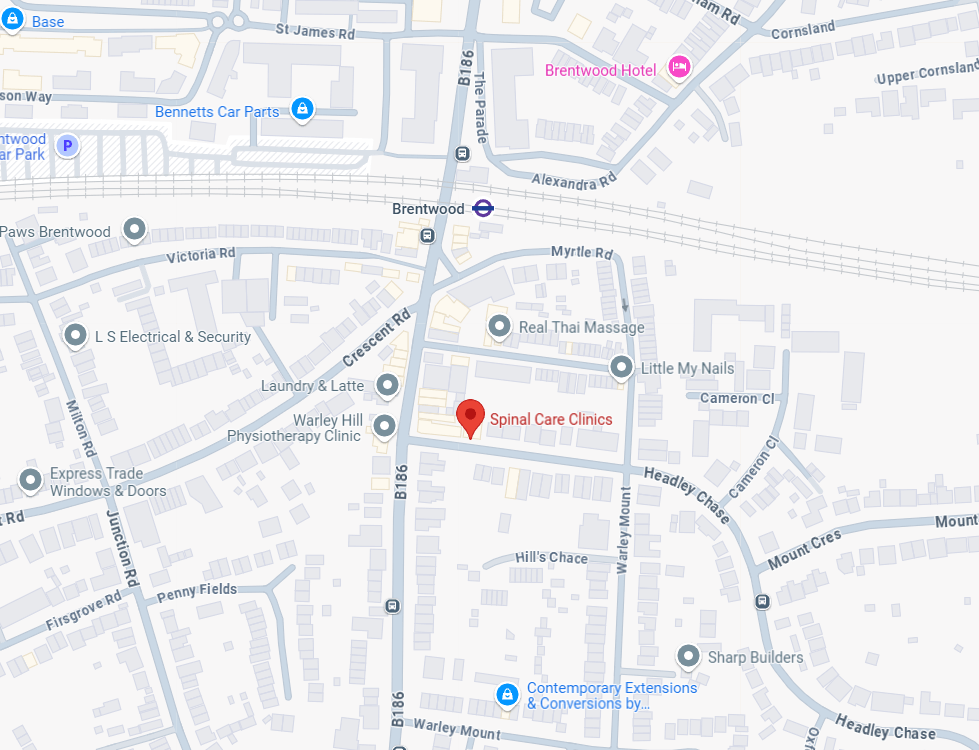
Until recently, sciatica was considered a mysterious condition, widely misunderstood since it was first mentioned in ancient Greek times. Historically, sciatic treatment has been brutal, if not experimental. If you were suffering from sciatic pain in the 1700s, your were pretty much destined to become a lab rat. It was thought that sciatica was due to excess fluid surrounding the nerve. A popular cure was known not as acupuncture but AQUA-puncture. As the name suggest, the treatment involved inserting a needle into the nerve itself to draw out any excess fluid. YIKES!
We live and learn
Thankfully we’ve come a long way since those dark days and it is now recognised that sciatica is usually the symptom of an underlying condition. By the turn of the 20th century, back pain became medically recognised as an injury. From ancient Greek times until the early 1900s, it had been widely repeated that whatever sciatica was, it seemed to cure itself in 40 days. So, our chiropractic forefathers decided that rest was needed to allow the body to naturally heal itself. This laid the foundation for the methods we have in place today to treat sciatica, which includes a mix of gentle chiropractic adjustment, targeted stretching and hot and cold therapy. Our last blog was dedicated entirely to sciatica and the importance of a holistic approach to recovery, so do head over there if you missed it.
Sciatica and the piriformis muscle
The piriformis is a deep hip rotator muscle, located in your buttocks, which sandwiches the sciatic nerve. Although sciatica can result from an array of conditions causing mechanical pressure on the nerve root, it is suggested that almost 70% of sciatic pain is linked to this muscle. Certain yoga poses aimed at stretching the piriformis muscle, and others in your back and legs, can help significantly reduce the pain.
If you suffer from sciatica we highly recommend performing a set of stretches every morning to help warm-up and loosen those tightened muscles ready for the day ahead, BUT remember, that rest is also a crucial part of the recovery. We’ll talk you through three great poses aimed at stretching the lower back, piriformis and glutes. Try to hold the pose for ten breaths.

PIGEON POSE – RAJA KAPOTASANA
This is a great hip-opener and the strongest piriformis stretch.

- Start on all fours, with your hands shoulder distance apart.
- Bring the affected leg forward, placing your knee on the floor behind your wrist and extend your shin perpendicular to the direction of your body.
- Slide your other leg back, to a neutral position with your knee facing the floor.
- Bring yourself to a comfortable place in the stretch, so that you can remain there. Breathe, and allow the piriformis to release.
- You may struggle to hold this pose. If the hips cannot sit on the floor comfortably, then this simple modification can make a world of difference.
- Insert a pillow or blanket to support your hips.
- If you’re feeling comfortable and you want to take the stretch further, bow forward and extend your arms and chest to the ground.
SIMPLE SEATED TWIST – PARIVRTTA SUKHASANA

The absolute go-to pose for sciatic relief.
- Sit up tall with your legs crossed.
- Take the foot of your affected leg over the other knee.
- Turn your upper body towards the upright knee.
- To help straighten your back and lean into the stretch, place the opposite hand on the upright knee
- Sink into the pose and release the groin and muscles.
- Use your inhalation to lift, lengthen, and expand; use your exhalation to twist without rounding your back.
CHILDS POSE – BALASANA
This relaxing pose soothes the lower back and relieves tension and pressure.

- Begin on your hands and knees
- Spread your knees apart while keeping your feet touching, and rest your buttocks on your heels.
- Inhale, sit up straight and lengthen your spine.
- Exhale, bow forward until your chest rests on your thighs and your forehead comes to the ground.
We are always helping people recover from sciatic pain at Spinal Care Clinics in Brentwood. Before trying any of these poses, it is important to see a health professional, such as a chiropractor, to understand what is causing sciatica and what is the best form of treatment for you.

